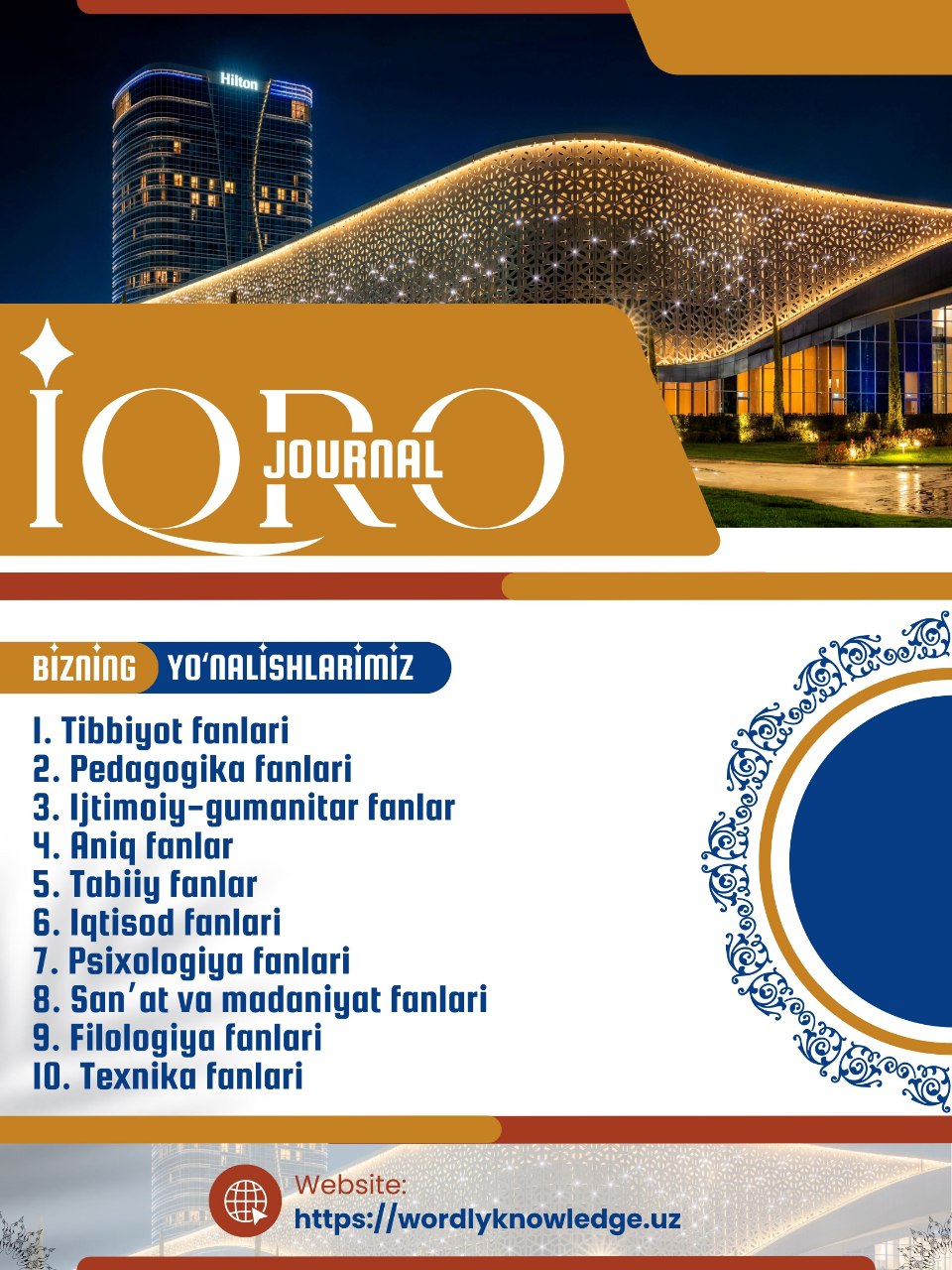THE ROLE OF IMMERSIVE AI EXPERIENCES IN DEVELOPING FLUENCY AND CULTURAL UNDERSTANDING
Keywords:
Artificial intelligence, language learning, cultural understanding, immersive experiences, adaptive learning.Abstract
The rapid advancement of artificial intelligence (AI) technologies has opened up new opportunities for language learning and cultural immersion. This article explores the role of immersive AI experiences in developing fluency and cultural understanding. Through a comprehensive literature review and analysis of existing AI language learning platforms, we demonstrate how AI-driven immersive experiences can enhance language acquisition and cultural competency. The results indicate that AI technologies, such as virtual reality, chatbots, and adaptive learning systems, can provide learners with personalized, contextually-rich environments that facilitate language fluency and cultural understanding. We discuss the implications of these findings for language education and propose future research directions to further investigate the potential of AI in this domain.
References
Kramsch, C. (2014). Teaching foreign languages in an era of globalization: Introduction. The Modern Language Journal, 98(1), 296-311.
Godwin-Jones, R. (2016). Augmented reality and language learning: From annotated vocabulary to place-based mobile games. Language Learning & Technology, 20(3), 9–19.
Kannan, J., & Munday, P. (2018). New trends in second language learning and teaching through the lens of ICT, networked learning, and artificial intelligence. In M. Carrier, R. M. Damerow, & K. M. Bailey (Eds.), Digital language learning and teaching: Research, theory, and practice (pp. 13–22). Routledge.
Golonka, E. M., Bowles, A. R., Frank, V. M., Richardson, D. L., & Freynik, S. (2014). Technologies for foreign language learning: A review of technology types and their effectiveness. Computer Assisted Language Learning, 27(1), 70-105.
Lin, T.-J., & Lan, Y.-J. (2015). Language learning in virtual reality environments: Past, present, and future. Educational Technology & Society, 18(4), 486–497.
Fryer, L. K., Nakao, K., & Thompson, A. (2019). Chatbot learning partners: Connecting learning experiences, interest and competence. Computers in Human Behavior, 93, 279-289.
Kerr, P. (2016). Adaptive learning. ELT Journal, 70(1), 88-93.
Chen, J. C. (2016). The crossroads of English language learners, task-based instruction, and 3D multi-user virtual learning in Second Life. Computers & Education, 102, 152-171.
Fryer, L. K., & Carpenter, R. (2006). Bots as language learning tools. Language Learning & Technology, 10(3), 8-14.
Murray, M. C., & Pérez, J. (2015). Informing and performing: A study comparing adaptive learning to traditional learning. Informing Science: The International Journal of an Emerging Transdiscipline, 18, 111-125.
Godwin-Jones, R. (2013). Integrating intercultural competence into language learning through technology. Language Learning & Technology, 17(2), 1–11.
Baker, W. (2012). From cultural awareness to intercultural awareness: Culture in ELT. ELT Journal, 66(1), 62-70.
Kessler, G. (2018). Technology and the future of language teaching. Foreign Language Annals, 51(1), 205-218.
Holmes, W., Bialik, M., & Fadel, C. (2019). Artificial intelligence in education: Promises and implications for teaching and learning. Center for Curriculum Redesign.














